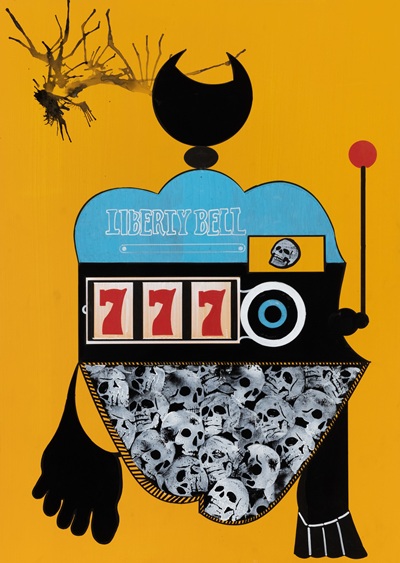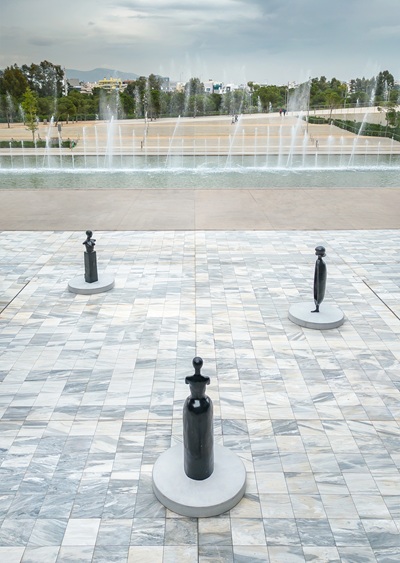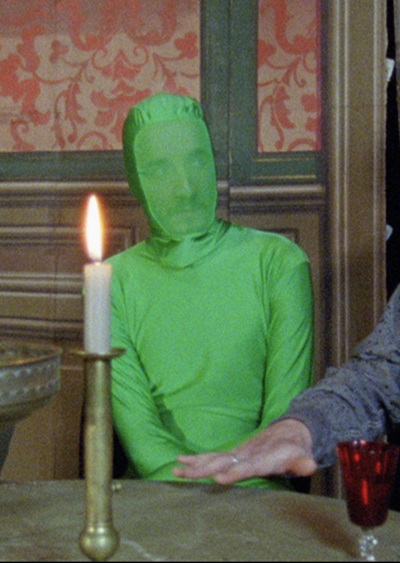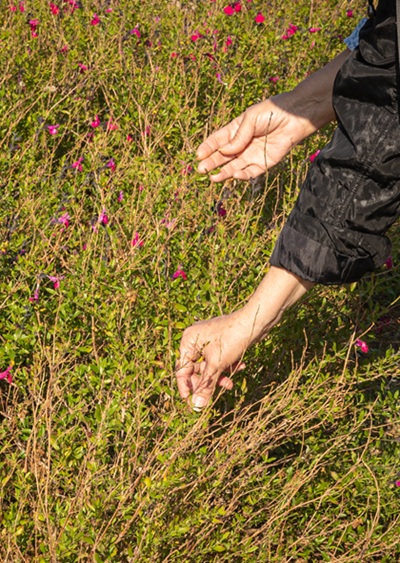
As part of the 2025 program of the Ministry of Culture’s institution “All Greece One Culture,”
the music performance “The Roots of the Orange Tree” rekindles, as an artistic ritual, the female experience as a bearer of memory, endurance, and creation. Through a combination of traditional and electronic music, live performance, audiovisual media, and shadow theater, a living audiovisual fabric of women’s stories—the survivors—is reconstructed, turning silence into voice and personal narrative into collective memory. The female figure functions not only as a symbol but as an active subject that reinvents tradition.
Inspired by the work of Chrysostomos Tsaprailis “Women Who Return” and the engravings of Fotis Varthis, the performance transforms individual experience into a collective narrative, reclaiming the woman’s place in history and art, not as a shadowy memory but as a living breath that drives the future, transforming silence into voice and experience into action.
During the week of the performance, the courtyard of the Archaeological Museum of Heraklion will host an exhibition of engravings by Fotis Varthis, highlighting the nine works that inspired Chrysostomos Tsaprailis’s book and, by extension, the performance. The exhibition dialogues with the performance and visually enhances memory and collective reference, weaving the artistic narrative across multiple levels of experience and interpretation.
For viewers who have issues with intense light beams, please be informed that the performance uses strobe lighting.
Note by Chrysostomos Tsaprailis on the text and this year’s theme of “All Greece One Culture” (AGOC) “The Reception of the Past – Today as Tomorrow and as Yesterday (Andreas Embirikos)”:
“To create ‘The Roots of the Orange Tree’ from ‘Women Who Return,’ it was necessary to distill the book to reveal the fundamental concepts underpinning its pages: women’s pain in its various expressions, especially as they appear in tradition; the complex and tension-filled relationship we have with our bodies; the roles a woman is called to adopt in her life, often against her will, as well as the network of relationships arising from these; and the malleable and fleeting mythological space-time as a narrative field. Simultaneously, two axes were articulated upon which the performance text was structured: on one side, the memory-forgetting dichotomy, which is a basic way we perceive the passage of time, and on the other, the various stages of a woman’s life, emphasizing timeless experiences that transcend tradition and touch individuals of every era. The writing, under the guidance of the entire team, was adapted to the theatrical form of the work, resulting in space being given to non-textual means, such as music, stage presence, and the play of light and shadows, with the ultimate aim of creating a ritualistic experience centered on female existence.”
Credits:
Original text author, dramaturgical adaptation: Chrysostomos Tsaprailis
Directorial supervision: Giorgos Gousis
Performance, Dramaturgy, Music composition: Chrysiana Karameri, Nina Toumazatou, Maria Simoglou, Fotini Tryferopoulou
Shadow theater: Nikolas Tzivelekis
Engravings: Fotis Varthis
Exhibition Design: Dimitris Modopoulos
Photographer / Background Video: Jenny Anagnostopoulou (Jenny Gavra)
Sound engineering: Markos Pinakoulakis
Production Organization and Communication: Konstantina Karameri
NGO: ‘OmiGyri’, International Center for Sciences, Culture and Education
Location & Schedule:
Archaeological Museum of Heraklion
Dates: August 30 and 31, 2025
Start Time: 21:15







Leave A Comment